The Home Bedding Market is currently characterized by a dynamic competitive landscape, driven by evolving consumer preferences and technological advancements. Key players such as Tempur Sealy International (US), Sleep Number Corporation (US), and IKEA (SE) are strategically positioning themselves through innovation and digital transformation. Tempur Sealy International (US) focuses on enhancing its product offerings with advanced sleep technology, while Sleep Number Corporation (US) emphasizes personalized sleep solutions, leveraging data analytics to tailor products to individual consumer needs. IKEA (SE), on the other hand, is expanding its market presence through sustainable product lines, appealing to environmentally conscious consumers. Collectively, these strategies contribute to a competitive environment that prioritizes innovation and consumer-centric approaches.
In terms of business tactics, companies are increasingly localizing manufacturing and optimizing supply chains to enhance efficiency and responsiveness to market demands. The Home Bedding Market appears moderately fragmented, with a mix of established brands and emerging players. The collective influence of key players shapes market dynamics, as they compete not only on product quality but also on sustainability and technological integration.
In August 2025, Tempur Sealy International (US) announced a partnership with a leading tech firm to develop smart mattress technology that integrates with home automation systems. This strategic move is likely to enhance their product appeal, positioning them at the forefront of the smart home trend, which is gaining traction among consumers seeking convenience and enhanced sleep experiences. The integration of technology into bedding products may redefine consumer expectations and set new standards in the industry.
In September 2025, Sleep Number Corporation (US) launched a new line of adjustable beds that utilize AI to analyze sleep patterns and provide personalized recommendations. This initiative underscores the company's commitment to innovation and consumer engagement, potentially increasing customer loyalty and market share. By harnessing AI, Sleep Number Corporation (US) not only differentiates its offerings but also addresses the growing demand for personalized health and wellness solutions.
In July 2025, IKEA (SE) unveiled a new collection of eco-friendly bedding products made from recycled materials. This initiative aligns with the global shift towards sustainability and reflects IKEA's strategic focus on reducing its environmental footprint. By prioritizing sustainable practices, IKEA (SE) is likely to attract a broader customer base, particularly among younger consumers who prioritize eco-conscious purchasing decisions.
As of October 2025, the Home Bedding Market is witnessing trends such as digitalization, sustainability, and the integration of artificial intelligence. Strategic alliances among companies are increasingly shaping the competitive landscape, fostering innovation and enhancing product offerings. Moving forward, competitive differentiation is expected to evolve, with a shift from price-based competition to a focus on innovation, technology, and supply chain reliability. Companies that successfully navigate these trends are likely to secure a competitive edge in the ever-evolving market.


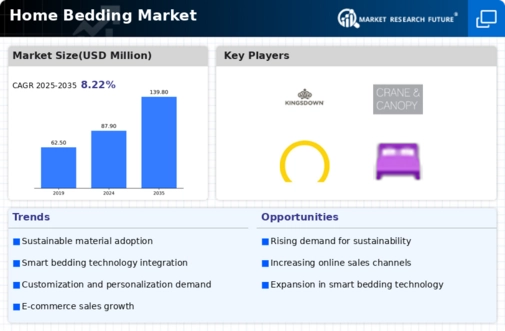
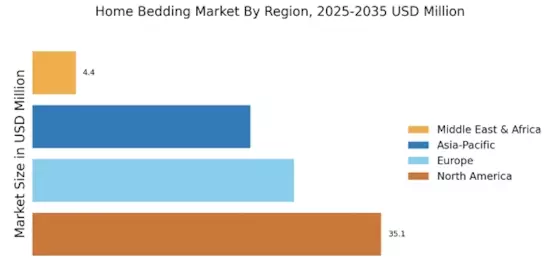
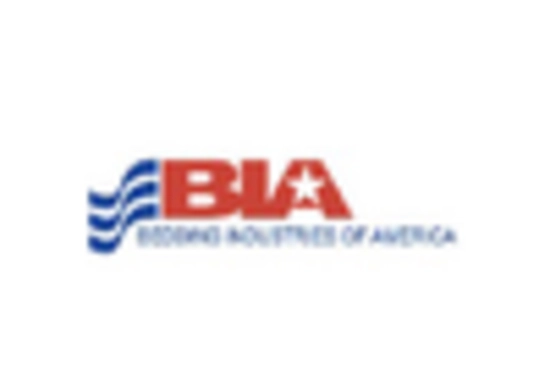
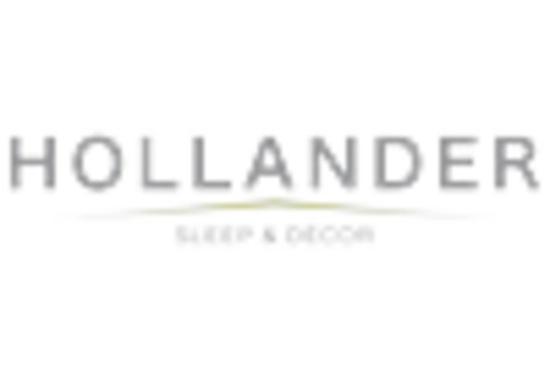
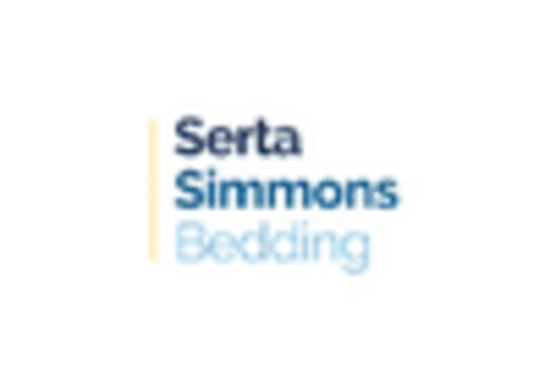
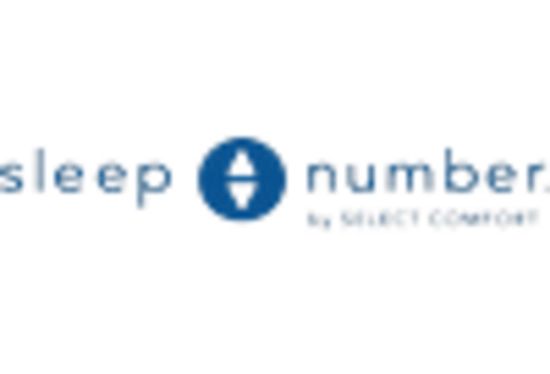

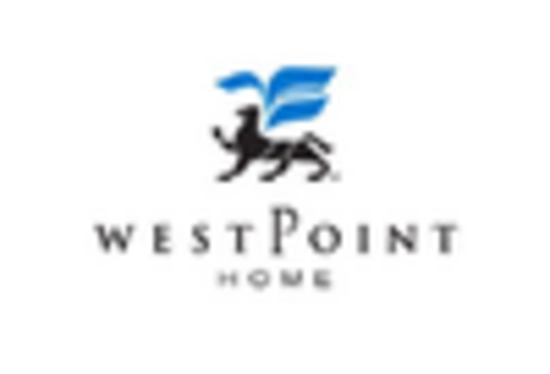








Leave a Comment